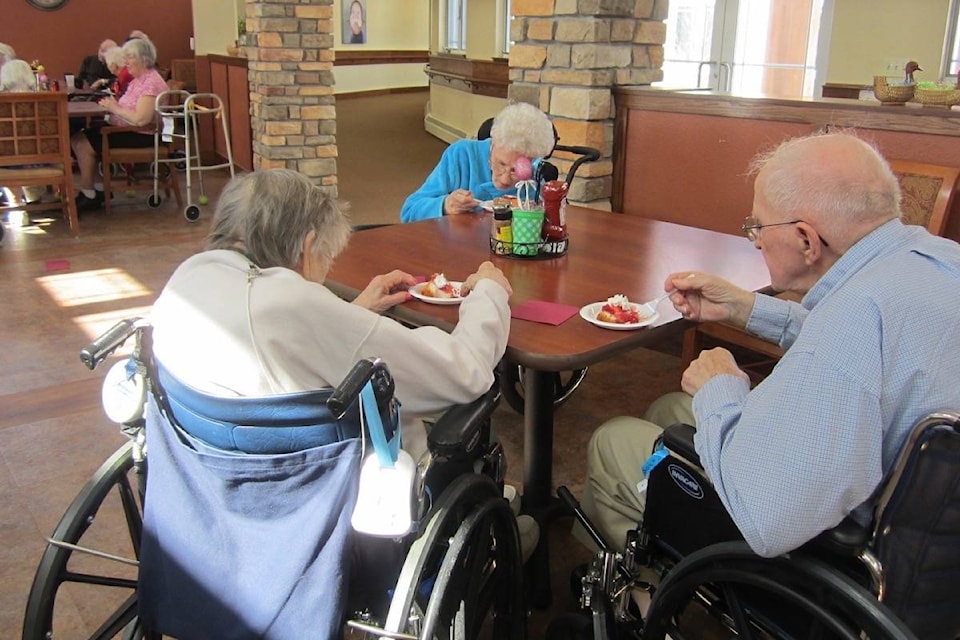British Columbia and Hope have many more seniors than children, according to Statistics Canada data released Wednesday morning.
The federal agency’s numbers show that 18.3 per cent of B.C. residents are 65 and over, compared to 14.9 per cent who are 14 and younger.
Hope has a proportion of 29 per cent of seniors, 11.6 per cent of people 14 and younger, and 59.2 per cent are between 15 and 64.
Ten people in Hope are 96 years old on that census, the highest age recorded.
The province-wide demographic shift pushes the province’s average age to 42.3 years — younger than only the Maritimes. Canada-wide, 16.9 per cent of all residents are 65 and older. In comparison, 14.5 per cent of the U.S. population are seniors.
The 2011 was the first year in which seniors outnumbered children in B.C. but at the time, the gap was just over 11,000. In 2016, seniors outnumbered children by just over 150,000. According to Statistics Canada, the sharp increase in seniors correlates with baby boomers hitting retirement age while the slow growth in children is due to fertility rates which have been slowing since the 1970s. While immigration has aided general population growth in B.C., the statistics agency says most immigrants fit into the 15-64 years age category and thus affect neither children nor seniors.
Longer lifespans have played a role in increasing the both percentage of seniors in B.C. and raising the ratio of women to men. In 2016, women made up 60 per cent of the province’s population — just marginally above the Canadian average of 50.9 per cent. Females made up 50.2 per cent of Hope’s population.
In the 65 and older age grouping in B.C., there were 453,425 women and just 395,555 men — a difference of almost 60,000. The only age category in which there are more men than women is children 14 and younger and there the difference is just under 30,000.
In Hope, senior females made up 51.2 per cent of the population. Males in the 0-14 age category made up 55.2 per cent.
Not all of B.C. was equal in either age or sex distribution. The regional districts with the highest proportion of seniors were Okanagan-Similkameen, the Sunshine Coast, Powell River and Nanaimo. However, Statistics Canada said that as a region, Vancouver Island — particularly Nanaimo, Comox Valley, Cowichan Valley and Alberni-Clayoquot – had high proportions of both seniors and women.
